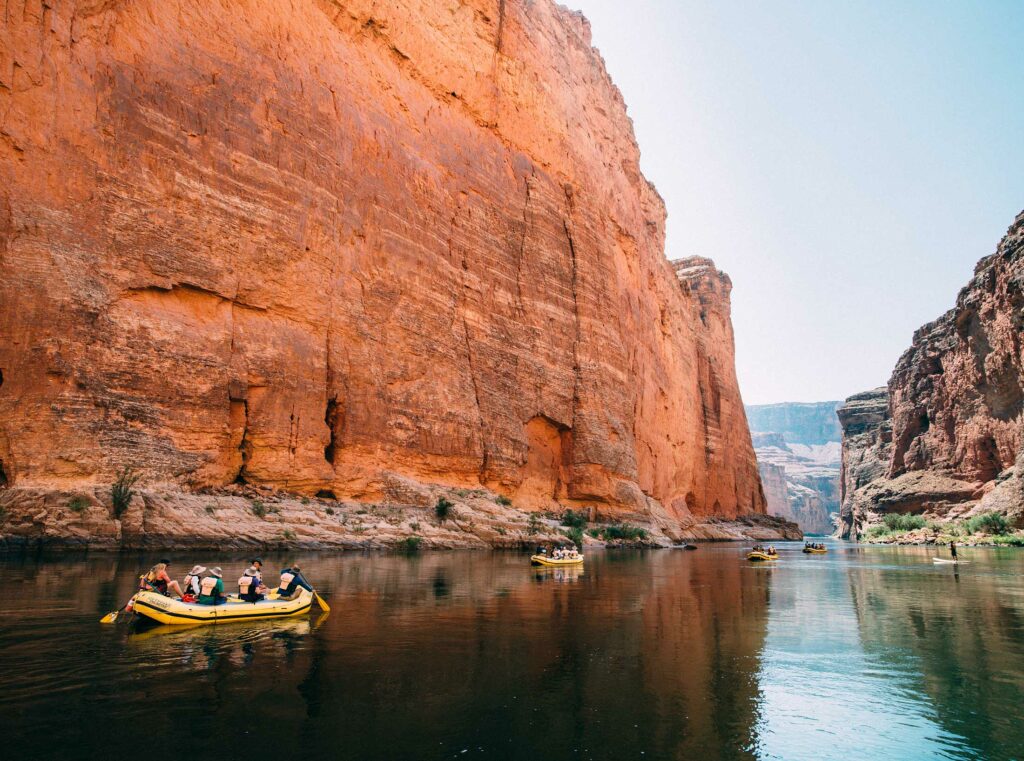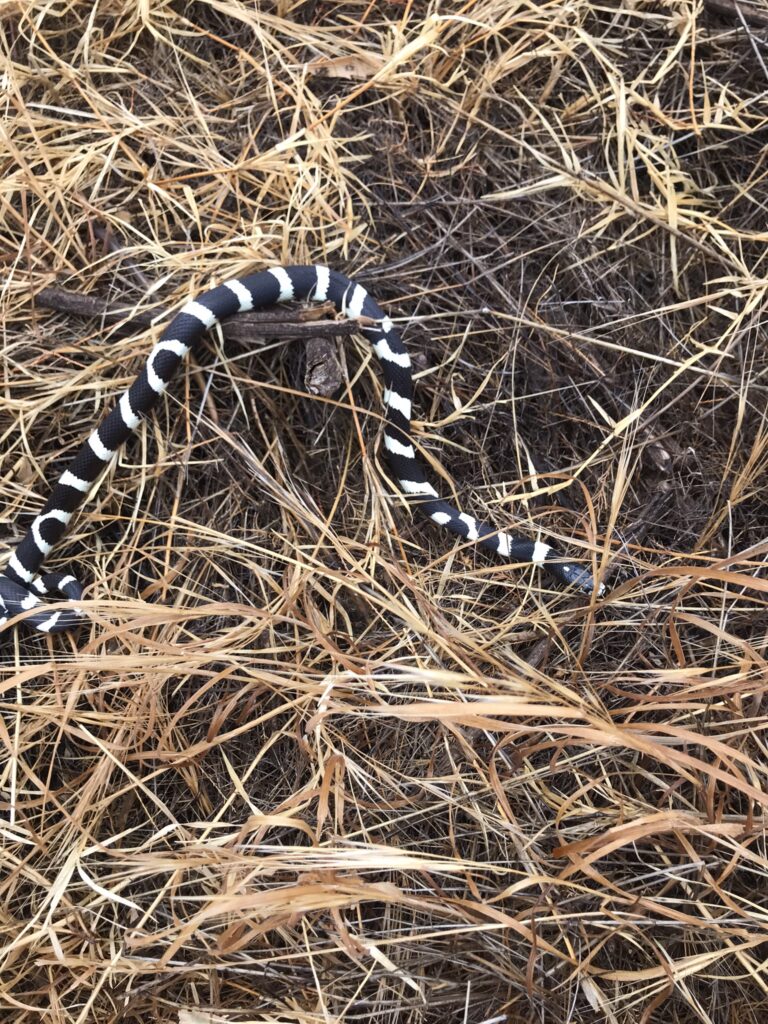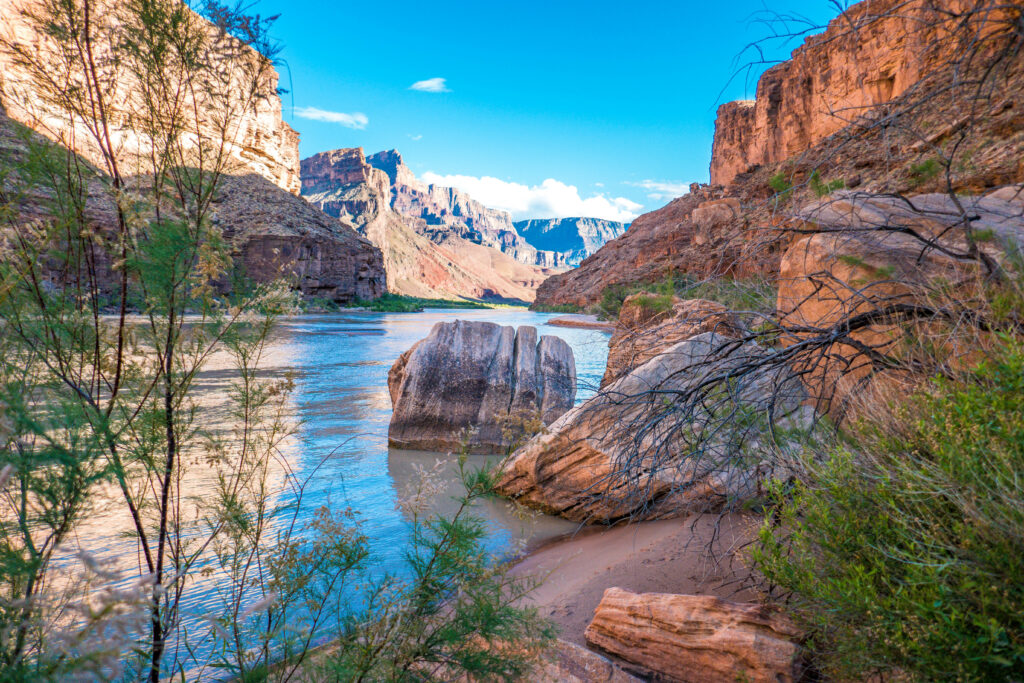When planning for an adventure, what footwear to bring is one of the most important considerations. If it is an activity, or environment, unfamiliar to us this is especially true. A Grand Canyon river trip involves many different environments and activities. These will include camping, rafting, hiking on trails and up creek beds, and living outdoors for the entire trip. The variety of activities, combined with the natural beauty are some of what makes it the best river trip in the world. We only have with us what we bring down the river, space is limited, so it is extra important to get that packing list right. Fortunately, Outdoors Unlimited provides a solid list, as well as support for people who have questions.
I want to tackle one of the items on that list that can trip up any potential river runner: Shoes. Having proper footwear is very important to your enjoyment of a Grand Canyon trip. As guides, we see more problems with footwear and feet than almost anything else, so it seems like an issue that deserves a deeper look. Let’s jump into it, feet first of course.
I’m going to start off by saying that there isn’t a one size fits all answer to the question of what shoes to bring. Different things work for different people. It is important to think about what you are going to be using them for and how to best plan for that. Because we have complex ways of packing everything down river, not all of our gear is available at all times of the day. One of the goals with any Grand Canyon trip is to maximize what we are able to see and do with the time that we have. So, any footwear you bring needs to serve multiple purposes. Fortunately, that issue isn’t as laced with as many difficulties as it first appears.
River Shoes
First, let’s look at river shoes. These are your bread and butter footwear for the trip and are going to be putting in the most work. You need something that will stay on your foot even when swimming as well as something that you feel comfortable doing some hikes in. Most of the hikes we do from the boats either involve getting our feet wet or are short enough to be done in river shoes, so expect to do some walking in them. The sole should be sturdy enough to walk over rocks and step on small thorns. The shoes should not be too slippery on wet rocks. For sandals, your toes should not extend past the front of the sole. You can kick flip flops, wetsuit booties, and water socks off the list. However, strapped sandals like Chacos, Tevas, and Bedrocks work well and are popular choices. If you are opting for a style with something between your toes, make sure that it is comfortable for your feet before the trip. If you are looking for something that offers more protection, a closed toe shoe that has good drainage also works. Guests opting for the paddle raft experience sometimes prefer closed toe shoes for putting their feet under the thwarts to stay in the boat. Astral and Northwest River Supply make some of the better ones. Keep in mind these will be slower to dry when hiking in them and can get uncomfortable if sand gets in them. Keen and Keen style shoes are toeing the line but tend to get rocks in them which don’t come out easily. This can lead to trouble. I personally have seen more sole delaminations that I can remember with this style of shoe. I wouldn’t recommend them unless you have a history of using them and know it works for you.
Hiking Shoes:
Hiking shoes are a bit more single use. We get our “boot bags” out if we are doing longer hikes as well as in camp every night. If you are doing only the upper or lower portion of the trip these are also the shoes you will wear on the Bright Angel Trail. Any hiking boots will work as long as you have broken them in and know they work for you. I find a lightweight trail running style shoe to be more practical and comfortable for desert hiking as well as more comfortable if you just want to put on dry shoes in camp.
Camp Shoes:
It’s also important to consider what shoes you will be wearing in camp. The camps are often sandy beaches; however, you will be dealing with rocky trails to the bathroom and spiky desert vegetation; so wearing shoes is a must! River shoes, or dry hiking shoes, can both be used but have some limitations. If you have a full foot river shoe, having wet sandy shoes all day can get old. We also pee in the river which can get tricky if you’re trying to keep your dry shoes dry. This is another reason a comfortable strapped sandal is a good option; it makes a good camp shoe and river shoe. You can always throw on your hiking shoes if your feet feel like they need it for a night. Flip flops and Crocs are lightweight and can also be brought as camp shoes; especially if you are going on one of the longer trips. If you do bring flip flops they should be sturdy enough to not blow out if you step on a pop top.
Overall:
It’s important to plan for the myriad of environments your shoes need to serve you in. Don’t skimp on your footwear. Every trip someone’s shoe falls apart. We do our best to fix them; however, we only have what we bring on the river. Having blown out shoes will limit what you can do. If you have some old sandals that you are surprised have made it as far as they have, it’s a good idea to replace them and break in the new pair before the trip. Same goes for hiking boots. Grocery store flip flops, economy brand knock offs and the like have no place on a long wilderness expedition.
No matter how perfect your chosen footwear is for the trip, it is still important to take care of your feet. Wear shoes in camp! If you feel like an evening in dry cotton socks and regular shoes would feel good, do it. Tell a guide if you have a blister or strange foot rash. Watch your step. A rafting trip through the Grand Canyon is a truly amazing experience. As guides we do our best to show off the best of what this trip can offer. Having the right shoes and taking care of your feet allows you to experience the trip in comfort and maximize your enjoyment.
Jeff Compton
Grand Canyon River Guide




